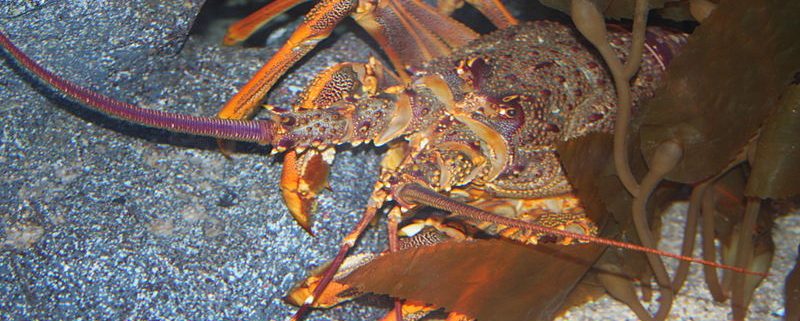“Near-future Ocean Acidification Will Require Single-Species Approach to Management”
By Stephen Cain, RJD Intern
It’s difficult to predict the effects of near-future ocean acidification (OA) across ecoregions and ocean habitat. The body of research has been conducted under a variability of circumstances and conditions. While evidence continues to mount for OA as a global mega trend, researchers like Christopher E. Cornwall and Tyler D. Eddy call for the need to contextualize OA within local coastal communities. It is there, after all, that the combined effects of pollution, resource extraction, and preservation interact within geographically distinct units. The results of multiple stressors, anthropogenic or otherwise, can alter an ecosystem’s structure and function. In their recent study, Cornwall and Eddy suggest that management regimes rely on current global predictions as well as modeling of single-species’ response to changes in ocean chemistry.
For their study, Cornwall et al. used the intertidal and subtidal habitats from the Wellington south coast, and the Taputeranga Marine Reserve off New Zealand. Both possess similar substrate and habitat, and fall within the larger Cook Strait Region. Wellington features extant commercial and recreational fisheries that primarily target Lobster (Jasus edwardsii), Abalone (Haliotis australis and Haliotis iris), as well as Blue Cod (Parapercis colias) and Butterfish (Odax pullus). According to cited work by Breen & Kim (2006), Cornwall et al. note at the time of study that Lobster abundance had been maintained at 20% of original unfished biomass. Taputeranga Marine Reserve (MR), by contrast, was established as a no-take zone at its outset in 2008.
Building on a model developed by Eddy et al. (2014), Cornwall and Eddy describe the challenge of scaling down global predictions of OA to their study area. In the body of literature, the effects for net-calcification have been generated from a variety of “carbonate chemistry conditions.” The resulting baselines do not, on their own, serve as complete proxies that the research team could use to base their predictions on. They relied on calculating levels of “dissolved inorganic carbon and total alkalinity, pH on total scale, and partial pressure of CO2” in the survey area, and compared this to the predicted rise of CO2 concentrations between 2014 (380 ppm) and 2050 (550 ppm).
To measure the ecosystem dynamics they used Eco-modeling software EwE. They examined a fully factored set of scenarios comprised of four criteria: fished areas (Wellington), non-fished areas (MR), and the presence or absence of OA. In order to generate estimates for 2050, fishing mortality was held constant from 2008 biomass. The scenario for fished area with an absence of OA was used as the baseline of the study. To further delineate changes over time, four indicators of ecosystem interaction were synthesized:
- Proportion of benthic biomass affected
- Proportion of pelagic biomass affected
- Impact by Trophic Level
- Mean Trophic Level of community
After initial modeling, they noted that certain species showed dramatic changes in abundance across scenarios. Further sensitivity analyses, referred to as “blanket modifiers,” strengthened their assumptions about the changes in food web interaction and ecosystem function. One of the more noteworthy findings were the predictions of abundance for Lobster, a keystone species. Outside of the marine reserve Lobster numbers were maintained, albeit at a “fraction” of their original unfished biomass. In a scenario of MR + OA in 2050, however, Lobster abundance was reduced by 42%. This was due to heightened sensitivity to OA. As a result, researchers predicted there would be fewer predations on species at lower trophic levels, and subsequent shifts in the structure of the food web. In that same scenario, “Abalone, piscivorous fishes, and herbivorous fishes increased in biomass by 52%, 11%, and 13% respectively.”
These results may be counterintuitive because there is the expectation that protected areas better compensate for additional stressors than do areas under fishing exploitation. This is the case, and that was what the team correctly hypothesized. However, Cornwall et al. point out the nuances of near-future ocean acidification at a species-specific level. They maintain that the effects will be “subtle, species specific, and context dependent.” Apart from calcareous species, not all species stand to lose, and, in fact, some may flourish. Cornwall and Eddy suggest that these findings can be useful when comparing regions, and targeted catches of species, especially those that will face increased pressure from changes in ocean chemistry.
Cornwall and Eddy’s full paper can be found in Conservation Biology, Volume 00, No. 0, 1-9 © 2014 Society for Conservation Biology, DOI: 10.1111/cobi.12394




Leave a Reply
Want to join the discussion?Feel free to contribute!